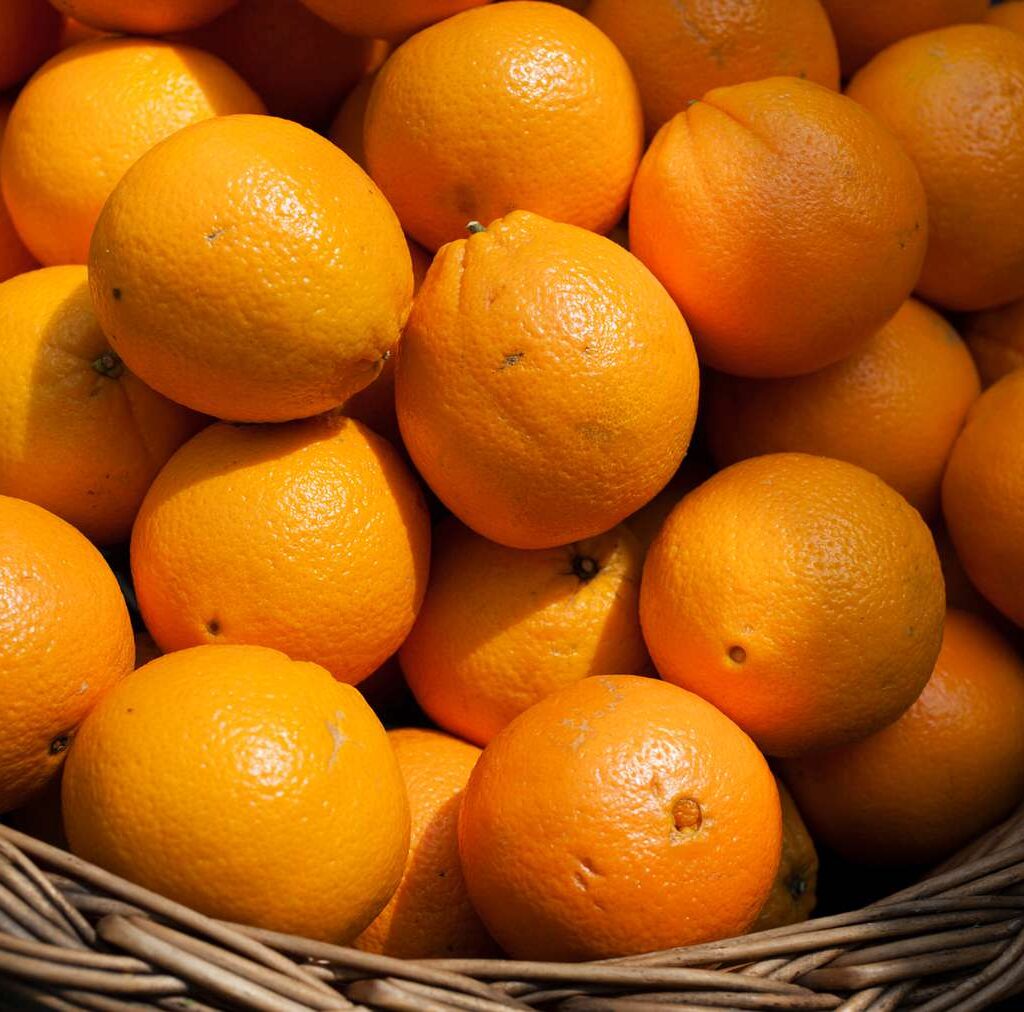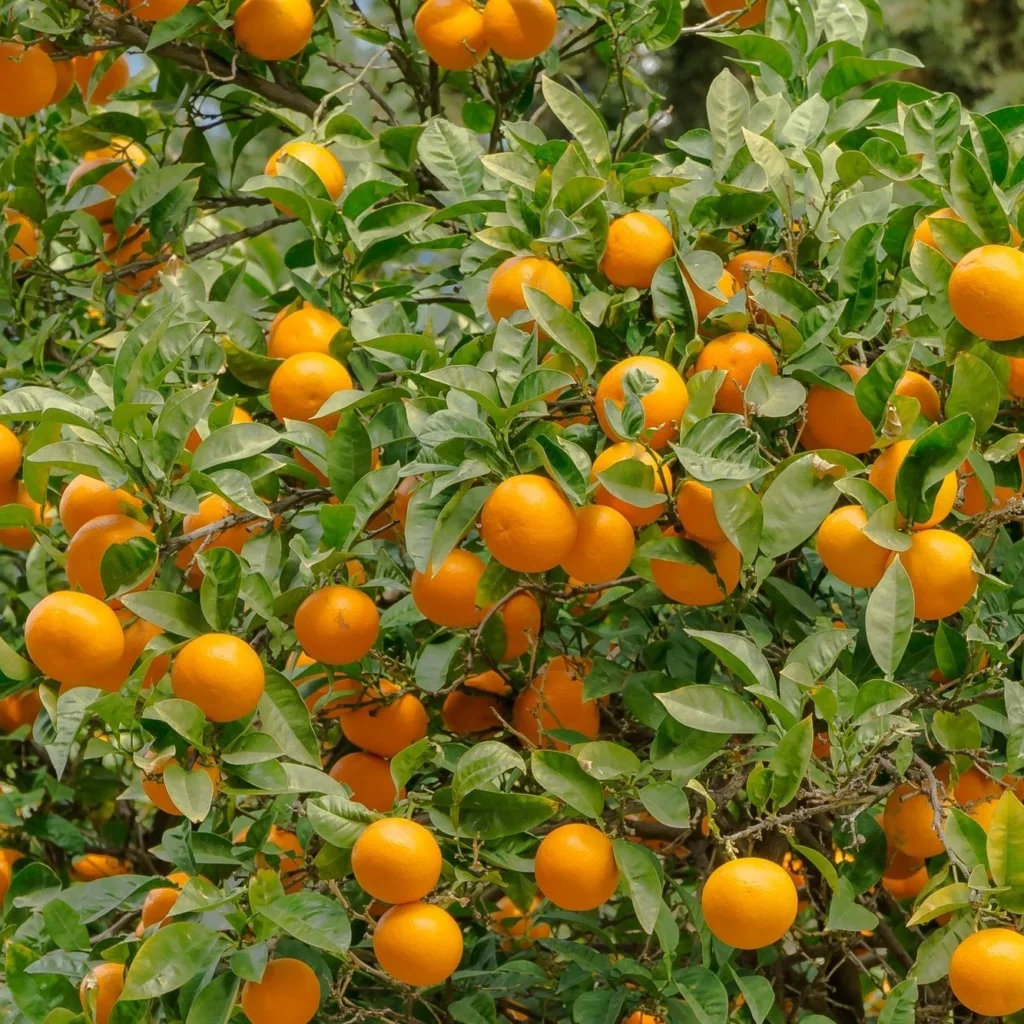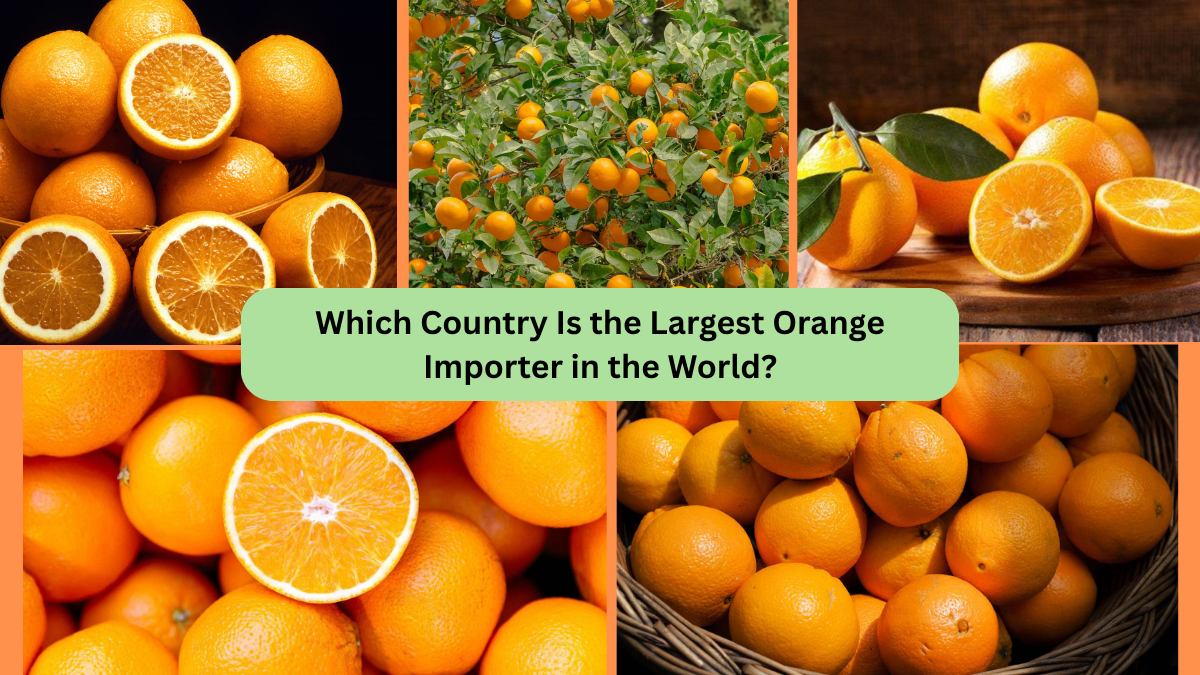Oranges, with their juicy sweetness, vibrant color, and rich vitamin C content, are among the most widely consumed fruits globally. From breakfast tables to juice factories and cosmetic products, oranges have a multitude of uses. While some countries enjoy the privilege of abundant domestic production, others rely on imports to meet their population’s year-round craving for fresh and processed oranges.
In this article, we’ll explore which country is the largest orange importer in the world, examine the reasons behind this high demand, understand how the global orange trade operates, and discuss trends shaping the future of orange imports worldwide.
The Global Orange Market Overview

The global orange market is massive, with over 78 million metric tons of oranges produced annually. The top orange-producing countries include Brazil, the United States (especially Florida and California), India, Mexico, China, and Egypt. These nations supply both local and international markets with fresh and processed oranges.
Despite the widespread cultivation of oranges, some countries depend heavily on imports for several reasons — including seasonal availability, increasing domestic consumption, or limited production capacity. As a result, the international trade in oranges has flourished over the past few decades.
Which Country Is the Largest Orange Importer in the World?
According to the latest global trade data from FAO, IndexBox, and UN Comtrade, the United States of America is the largest orange importer in the world.
United States — The Top Orange Importer
In 2023, the United States imported approximately 1.2 million metric tons of fresh oranges, making it the single largest importer globally. These imports were valued at around $1.4 billion USD.
This massive import volume places the U.S. well ahead of other major orange-importing countries like the Netherlands, Germany, France, China, Canada, Japan, and India.
Why Does the United States Import So Many Oranges?

While the United States itself is one of the world’s largest orange producers, particularly in Florida and California, several factors contribute to its heavy reliance on imports:
Seasonal Production Gaps
Orange production in the U.S. is seasonal, primarily harvested between November and June. To maintain a steady year-round supply, especially during the off-season months, the U.S. imports large quantities from countries in the Southern Hemisphere such as South Africa, Australia, and Chile, where the harvest period complements the U.S. off-season.
Decline in Domestic Production
In recent years, U.S. orange production, especially in Florida, has been severely affected by citrus greening disease (Huanglongbing), hurricanes, drought, and pest issues. This has led to significant reductions in the availability of domestically grown oranges, increasing the need for imports to fill the gap.
High Domestic Consumption
Oranges are a staple in American households, commonly consumed fresh, in juices, and in a variety of processed forms like jams, sauces, and desserts. The U.S. is also one of the world’s largest consumers of orange juice, further driving the demand for fresh oranges and juice-grade fruit.
Industrial and Commercial Uses
Besides culinary applications, oranges are widely used in the pharmaceutical, cosmetic, and food processing industries. Orange peels, oils, and extracts are integral to a range of products, contributing to steady import volumes.
Other Major Orange-Importing Countries
Apart from the United States, several other countries import substantial volumes of oranges annually. Here’s a look at the leading importers based on the latest available trade figures:
| Rank | Country | Annual Imports (Metric Tons) | Import Value (USD) |
|---|---|---|---|
| 1 | United States | 1,200,000 | $1.4 billion |
| 2 | Netherlands | 600,000 | $850 million |
| 3 | Germany | 550,000 | $790 million |
| 4 | France | 470,000 | $700 million |
| 5 | China | 450,000 | $720 million |
| 6 | Canada | 400,000 | $610 million |
| 7 | Japan | 390,000 | $590 million |
| 8 | India | 380,000 | $570 million |
The European Union collectively also represents a massive orange import market, with individual countries like the Netherlands, Germany, and France importing large quantities both for domestic consumption and re-export within the EU.
The Netherlands: A European Trade Hub

The Netherlands deserves special mention as one of the largest importers of oranges. However, much of the volume imported into the country is redistributed to neighboring EU nations. The Port of Rotterdam acts as a key entry point for oranges coming from Spain, Egypt, South Africa, and Morocco before being sent to other European markets such as Germany, Belgium, France, and the UK.
Key Exporters Supplying the U.S. and Global Market
The top orange-exporting countries supplying the international market include:
- Mexico
- South Africa
- Egypt
- Spain
- Morocco
- Australia
- Chile
The United States imports the majority of its oranges from Mexico and South Africa, particularly during months when domestic production slows down.
Orange Import Prices and Value Trends

In 2023, the global import value of fresh oranges was estimated at around $6.1 billion USD. The average price per metric ton varied across markets:
- United States: $1,170 per ton
- European Union (average): $1,050 per ton
- China: $1,600 per ton (reflecting higher shipping costs and import duties)
- India: $1,300 per ton
Prices fluctuate based on seasonality, transport costs, demand surges, and trade tariffs.
Factors Driving Global Orange Imports
Several key trends continue to drive the international orange trade:
Health and Wellness Trends
The increasing focus on health, immunity-boosting foods, and vitamin-rich diets has spurred demand for fresh oranges, especially during flu seasons and post-pandemic years.
Growing Urban Populations
Urbanization and the rise of modern retail outlets, supermarkets, and online grocery delivery have made fresh oranges more accessible, increasing per capita consumption.
Foodservice and Hospitality Expansion
Restaurants, cafes, juice bars, and hotels are significant bulk buyers of oranges, particularly in countries with thriving tourism and dining cultures.
Industrial Applications
Rising use of oranges in pharmaceutical products, natural cosmetics, and essential oils contributes to steady import demand beyond just culinary needs.
Future Outlook for the Global Orange Market

According to market projections, the global orange import market is expected to grow steadily over the next decade. The total international import volume is anticipated to reach 8 million metric tons by 2030, with rising demand from Asia-Pacific, the Middle East, and Africa.
Countries like India, China, and Japan are predicted to increase their import volumes due to expanding middle-class populations, dietary diversification, and rising health awareness.
The United States is expected to retain its position as the largest orange importer, driven by strong consumer demand, juice consumption, and ongoing challenges in domestic production.
Conclusion
To summarize, the United States holds the title of the largest orange importer in the world, importing approximately 1.2 million metric tons annually. Factors such as seasonal production gaps, declining domestic yields, health-conscious consumer trends, and industrial applications fuel this enormous demand.
Other major importers include the Netherlands, Germany, France, China, and Canada, each playing vital roles in either consuming or redistributing oranges in their respective regions.
As global consumption patterns continue to evolve, and health trends further promote vitamin-rich foods, the international orange trade is expected to remain dynamic and profitable for both exporters and importers worldwide.





